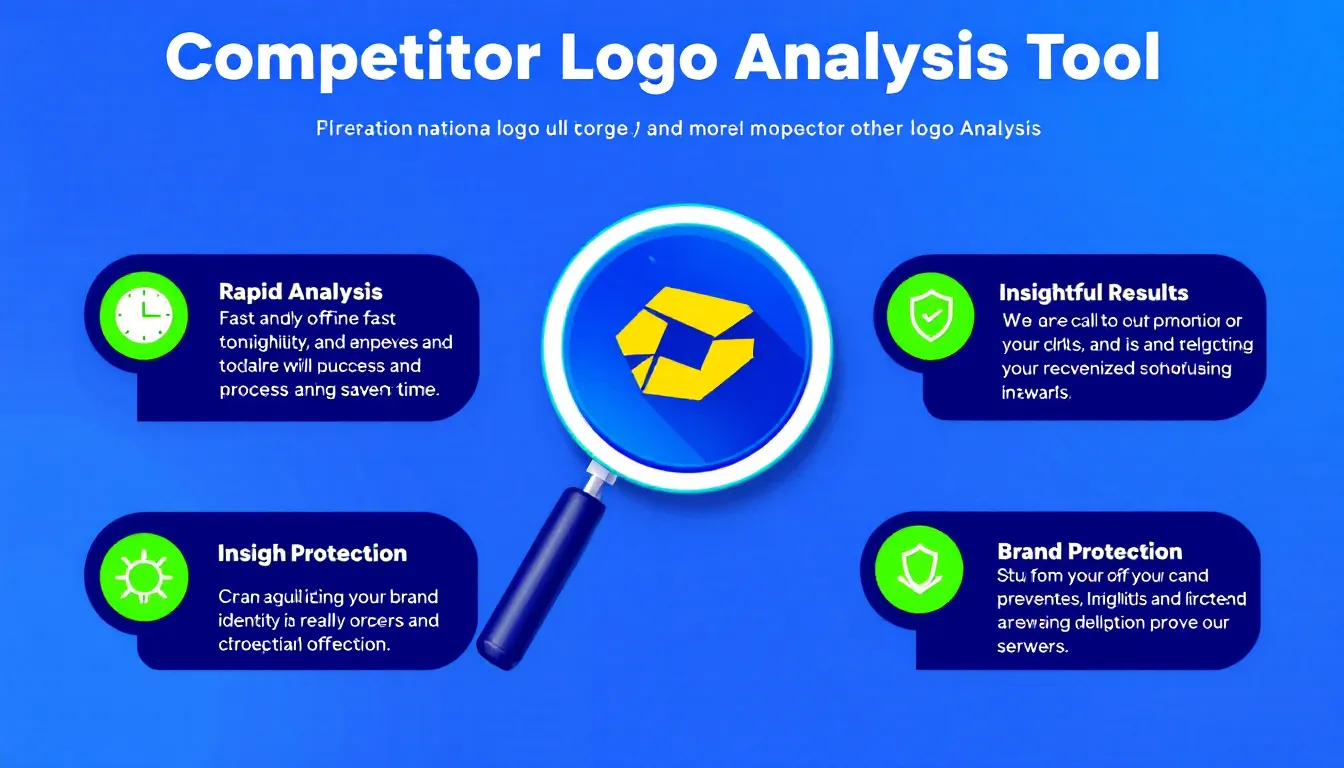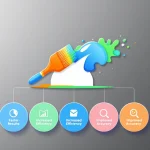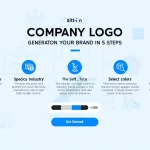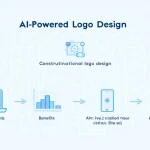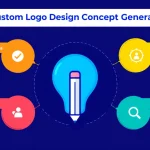Is this tool helpful?
How to Use the Competitor Logo Analysis Tool Effectively
This tool helps you analyze competitors’ logos to sharpen your brand’s visual identity. Follow these steps to get the most accurate and useful insights:
- Enter your brand name: Input your brand’s name. For example, use “BrightNest” for a home decor startup or “LumaTech” for a tech solutions company.
- Specify the industry: Type your brand’s market sector. Examples include “Renewable Energy” for eco-friendly power companies or “Artisanal Foods” for gourmet producers.
- List key competitors (optional): If you know your main competitors, list them separated by commas. For BrightNest, you might add “CozyHome, UrbanNest, DreamSpaces”. For LumaTech, consider “TechNova, SoftCore, CyberWave”.
- Describe brand values (optional): Enter your brand’s core values and mission. BrightNest might use “Creativity, Comfort, Sustainability”, while LumaTech could input “Innovation, Reliability, Security”.
- Click “Analyze Competitors’ Logos”: Submit the form with your input. The tool generates a detailed analysis of competitors’ logos highlighting design trends and brand positioning.
Once submitted, you receive a comprehensive breakdown covering logo styles, color psychology, typography, and symbolism used by competitors in your industry.
What the Competitor Logo Analysis Tool Does and Why It Matters
The Competitor Logo Analysis Tool evaluates visual branding elements of key players in your market. It identifies design patterns, color schemes, and symbolic choices, helping you understand how competitors shape their brand identities through logos.
This clear insight helps you craft your own logo with more confidence and strategic direction. Knowing industry trends avoids unintentional imitation and highlights opportunities for unique brand positioning.
Key Benefits of Using the Tool
- Industry-Specific Visual Insights: Understand how competitors design logos within your niche.
- Strategic Differentiation: Spot common elements and gaps to make your logo stand out.
- Brand Value Alignment: Ensure your logo reflects your brand’s core identity.
- Color Psychology Analysis: Learn which colors evoke desired emotions in your market.
- Typography Trends: Discover popular fonts and styles in your industry.
- Symbolism Identification: Find meaningful icons and visual metaphors used by others.
- Time-Saving Research: Get quick, data-driven insights without manual design audits.
Practical Applications of the Competitor Logo Analysis Tool
You can apply this tool in various real-world scenarios to guide your brand’s visual strategy effectively.
1. Rebranding Projects
When updating your brand’s look, this tool shows you current logo trends and competitor strategies. For example, a renewable energy company rebranding can learn that minimalist logos with vibrant blue and green palettes communicate trust and eco-friendliness.
2. New Business Launches
Startups can use the analysis to create logos that fit their industry while standing apart. An artisanal foods brand might discover widespread use of rustic fonts and earth tones but decide to differentiate with bold, modern typography and warm reds.
3. Geographic or Market Expansion
When entering a new region, analyze local competitors’ logos to adapt your design suitably. For instance, a tech company expanding to Asia might notice a preference for intricate logos and brighter color schemes, guiding subtle logo variations for that market.
4. Logo Refresh and Updates
If you want a subtle logo upgrade without losing brand recognition, this tool highlights minor trends like updated font styles or color tweaks to help modernize your image.
5. Mergers and Acquisitions
During brand mergers, analyze both brands’ logos along with competitors’ to create a new visual identity that preserves legacy elements while signaling growth and unity.
Frequently Asked Questions About the Competitor Logo Analysis Tool
How does the tool identify relevant competitors?
It uses the industry and market sector you provide plus any competitors you list. The tool draws from public data and industry-specific databases to generate a thorough competitive overview.
Can I analyze competitors in international markets?
Yes. You can specify if you want analysis focused on global competitors, which is ideal for brands entering new countries or monitoring worldwide trends.
How often should I analyze competitor logos?
Conduct the analysis at least once a year or before key branding changes. This keeps your visual strategy aligned with evolving market trends.
Does the tool suggest specific logo designs?
While it doesn’t create logos, it offers detailed insights on industry logo trends, color schemes, typography, and symbolism. You can use this information to guide your design process.
Understanding Logo Design Elements Revealed by the Tool
Logo Color Psychology
Colors evoke emotional responses and influence brand perception. The tool highlights the color palettes most effective in your industry, explaining how colors like blue evoke trust or red signals energy.
Typography Trends in Logos
Fonts convey personality. The tool reveals which font styles competitors use—whether modern sans-serifs for tech brands or classic serifs in finance—and how these support brand messaging.
Symbolism and Iconography in Competitor Logos
Many logos include symbols that encapsulate their brand’s mission or industry. The analysis identifies popular symbols among competitors, helping you decide which icons or graphics resonate with your audience without copying.
Maximizing Your Branding Strategy with Competitor Logo Insights
- Spot Industry Standards: Know the visual language your competitors use to meet market expectations.
- Find Your Visual Gaps: Identify areas where your brand’s logo can be unique yet aligned with industry norms.
- Support Brand Messaging: Ensure your logo’s design aligns with your core values and target market preferences.
- Make Informed Decisions: Use evidence-based insights rather than guesswork when creating or updating logos.
Using the Competitor Logo Analysis Tool helps you build a logo that resonates with your audience, supports your brand’s story, and stands strong in any competitive market. It empowers you to make design choices grounded in clear market understanding and strategic insight.
Important Disclaimer
The calculations, results, and content provided by our tools are not guaranteed to be accurate, complete, or reliable. Users are responsible for verifying and interpreting the results. Our content and tools may contain errors, biases, or inconsistencies. Do not enter personal data, sensitive information, or personally identifiable information in our web forms or tools. Such data entry violates our terms of service and may result in unauthorized disclosure to third parties. We reserve the right to save inputs and outputs from our tools for the purposes of error debugging, bias identification, and performance improvement. External companies providing AI models used in our tools may also save and process data in accordance with their own policies. By using our tools, you consent to this data collection and processing. We reserve the right to limit the usage of our tools based on current usability factors.
